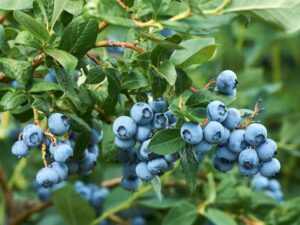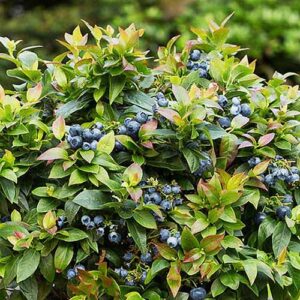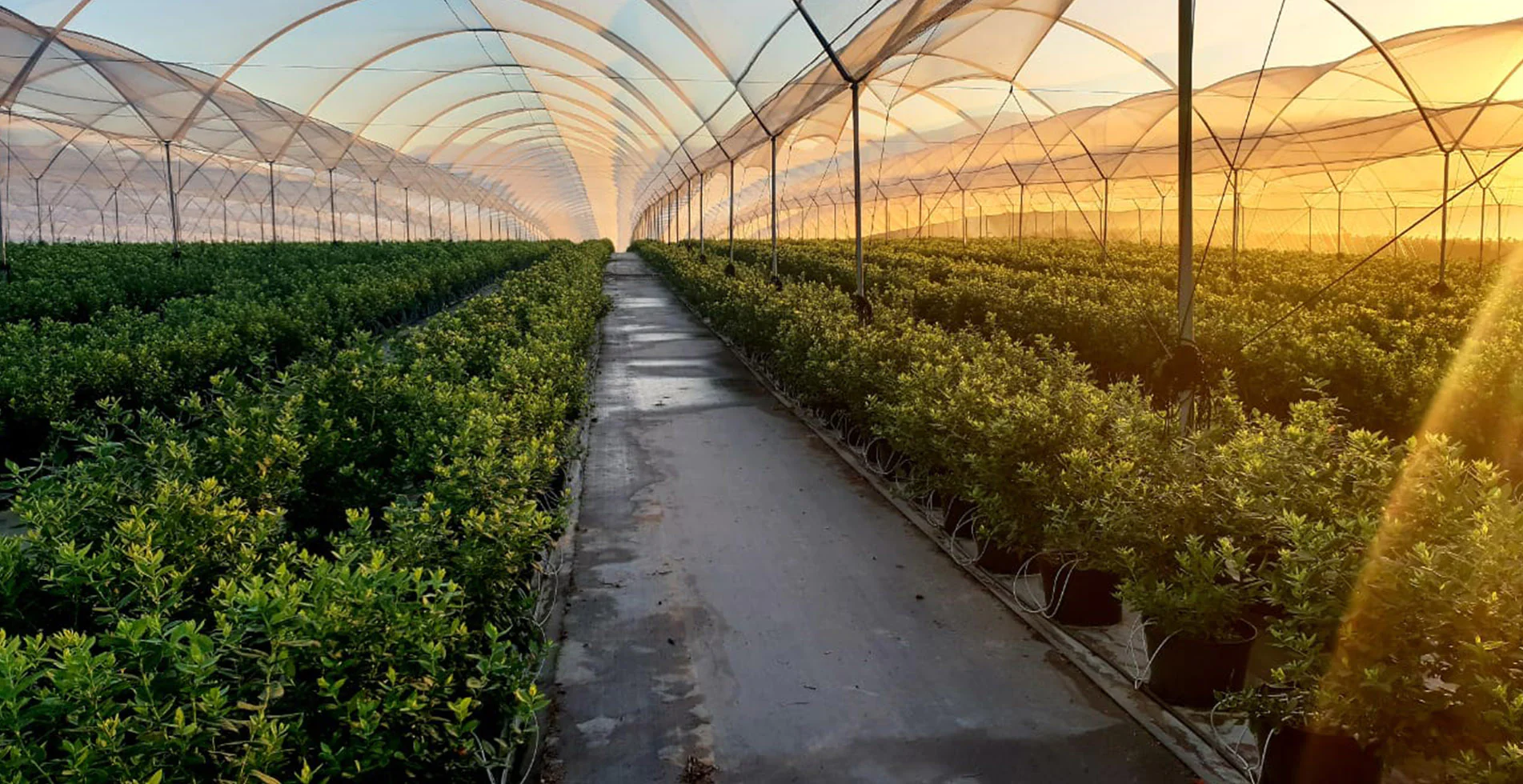Blueberries, with their delightful taste and numerous health benefits, have gained immense popularity among health-conscious individuals. In South Africa, where the climate might not always be conducive to blueberry cultivation, greenhouses offer a controlled environment for optimal growth. To ensure a thriving blueberry harvest, it’s essential to understand the unique requirements of this fruit. Here are 10 crucial facts to consider when planting blueberries in a South African greenhouse.
1. Choose the Right Blueberry Varieties

Not all blueberry varieties thrive in South Africa’s climate. Opt for cultivars like ‘Southern Highbush’ or ‘Rabbiteye,’ which are well-suited for warmer regions and can be cultivated successfully in greenhouses.
2. Provide Adequate Sunlight
Blueberries require at least 6 to 8 hours of direct sunlight daily. Place your greenhouse in a location that receives maximum sunlight exposure throughout the day, ensuring your plants get the energy they need for photosynthesis.
3. Optimal Soil Conditions
Blueberries prefer acidic soil with a pH level between 4.5 and 5.5. Use a well-draining, peat-based potting mix to create a suitable environment for your blueberry plants. Regularly test the soil’s pH and amend it as necessary to maintain the right acidity.
4. Temperature and Humidity Control
Maintain a consistent temperature inside the greenhouse, aiming for a range between 15°C to 30°C. Blueberries thrive in cooler temperatures but can tolerate higher heat if well-hydrated. Additionally, monitor humidity levels, keeping them around 50-70% to mimic their natural habitat.
5. Proper Watering Techniques
Blueberries have shallow roots and require consistent moisture. Implement a drip irrigation system to ensure a steady supply of water without waterlogging the roots. Mulching the soil helps retain moisture and prevents weed growth, ensuring the plants receive adequate hydration.
6. Pollination Assistance
Blueberries are self-pollinating but benefit from cross-pollination for higher yields. Introduce native bees or bumblebees inside the greenhouse to aid in the pollination process. You can also gently shake the branches occasionally to facilitate pollination.
7. Pruning and Training
Regular pruning is essential to maintain the shape of the blueberry plants and improve air circulation. Remove dead or diseased branches, allowing sunlight to penetrate the canopy. Training the plants into a bushy shape promotes better fruit production and ease of harvesting.
8. Pest and Disease Management
Keep a close eye on common pests like aphids, spider mites, and fruit flies. Implement natural predators or organic pesticides to control pest populations effectively. Additionally, prevent diseases such as powdery mildew and root rot by ensuring proper ventilation and avoiding waterlogged soil.

9. Fertilization and Nutrient Management
Blueberries require specific nutrients, including nitrogen, phosphorus, and potassium, for healthy growth. Regularly fertilize your plants with a balanced, acidic fertilizer formulated for blueberries. Additionally, monitor nutrient levels and adjust the fertilization schedule based on your observations and soil tests.
10. Patience and Care
Lastly, successful blueberry cultivation in a greenhouse requires patience and consistent care. Regularly monitor the plants, address issues promptly, and provide the necessary care to nurture your blueberry bushes. With time and dedication, you’ll be rewarded with a bountiful harvest of delicious, nutritious blueberries.
Conclusion
Cultivating blueberries in a greenhouse can be a rewarding endeavor with the right knowledge and techniques. By selecting suitable varieties, providing optimal growing conditions, and ensuring proper care, you can enjoy a continuous supply of fresh blueberries, packed with flavor and health benefits. Remember to adapt your approach based on the unique needs of your plants and celebrate the fruitful results of your efforts in the form of a thriving blueberry harvest.

